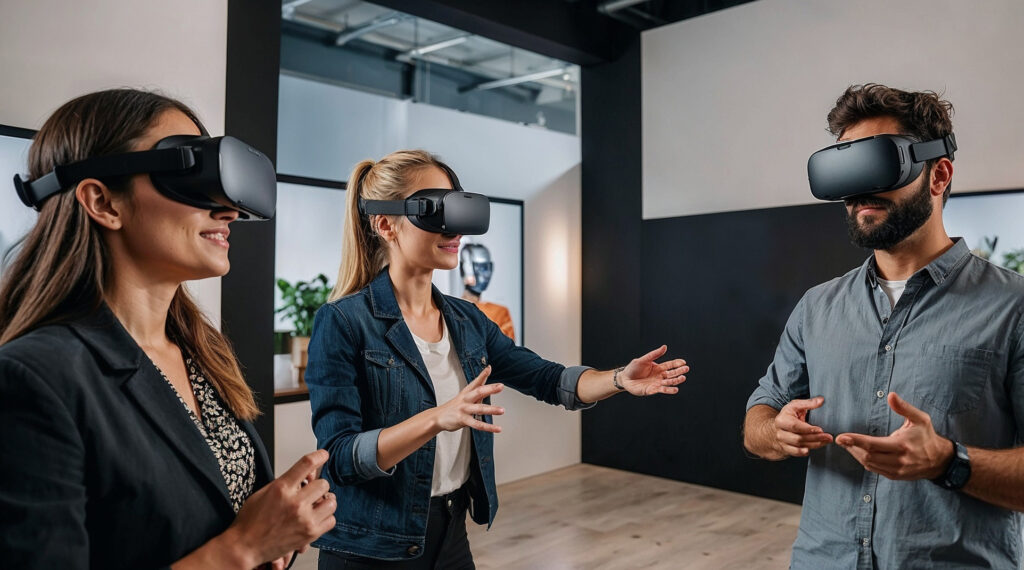Virtual Reality Showroom: Transforming Showcase Products
Revolutionizing Product Display
In today’s fast-paced digital world, businesses are constantly seeking innovative ways to engage customers and showcase their products. A Virtual Reality Showroom offers a cutting-edge solution by immersing customers in a fully interactive 3D environment where they can explore products in detail, all from the comfort of their home or office.
What is a Virtual Reality Showroom?
A Virtual Reality (VR) Showroom is a digital space where businesses can display their products or services in a virtual environment. Users wear a VR headset to enter this space, where they can interact with products just as they would in a physical showroom. They can view items from different angles, zoom in on details, and even experience products in simulated real-world settings.
Benefits of a Virtual Reality Showroom
- Enhanced Customer Engagement: VR showrooms provide an immersive experience that keeps customers engaged longer than traditional online browsing. The interactive nature of VR makes exploring products more enjoyable and memorable.
- Cost-Effective and Scalable: Unlike physical showrooms, VR showrooms don’t require physical space or expensive setups. They can easily be updated or expanded to include new products, and they’re accessible to customers globally.
- Personalized Experiences: VR showrooms can be tailored to each customer’s preferences. For instance, a car dealership might allow users to customize a vehicle’s color, interior, and features, providing a personalized buying experience.
- Data Collection and Insights: Businesses can track user interactions within the VR showroom, gaining valuable insights into customer preferences and behavior. This data can be used to optimize product offerings and marketing strategies.
- Eco-Friendly: VR showrooms reduce the need for printed materials and physical travel, contributing to a smaller environmental footprint.
Applications of Virtual Reality Showrooms
- Retail: Clothing stores can use VR to let customers try on outfits virtually.
- Real Estate: Buyers can take virtual tours of properties, viewing them as if they were there in person.
- Automotive: Car dealerships can offer virtual test drives and detailed vehicle explorations.
- Furniture: Customers can visualize how furniture will look in their own homes before making a purchase.
Conclusion
A Virtual Reality Showroom is more than just a trend—it’s a powerful tool that transforms the way businesses showcase products and interact with customers. By offering an immersive and engaging experience, VR showrooms are setting a new standard for customer interaction and sales.




